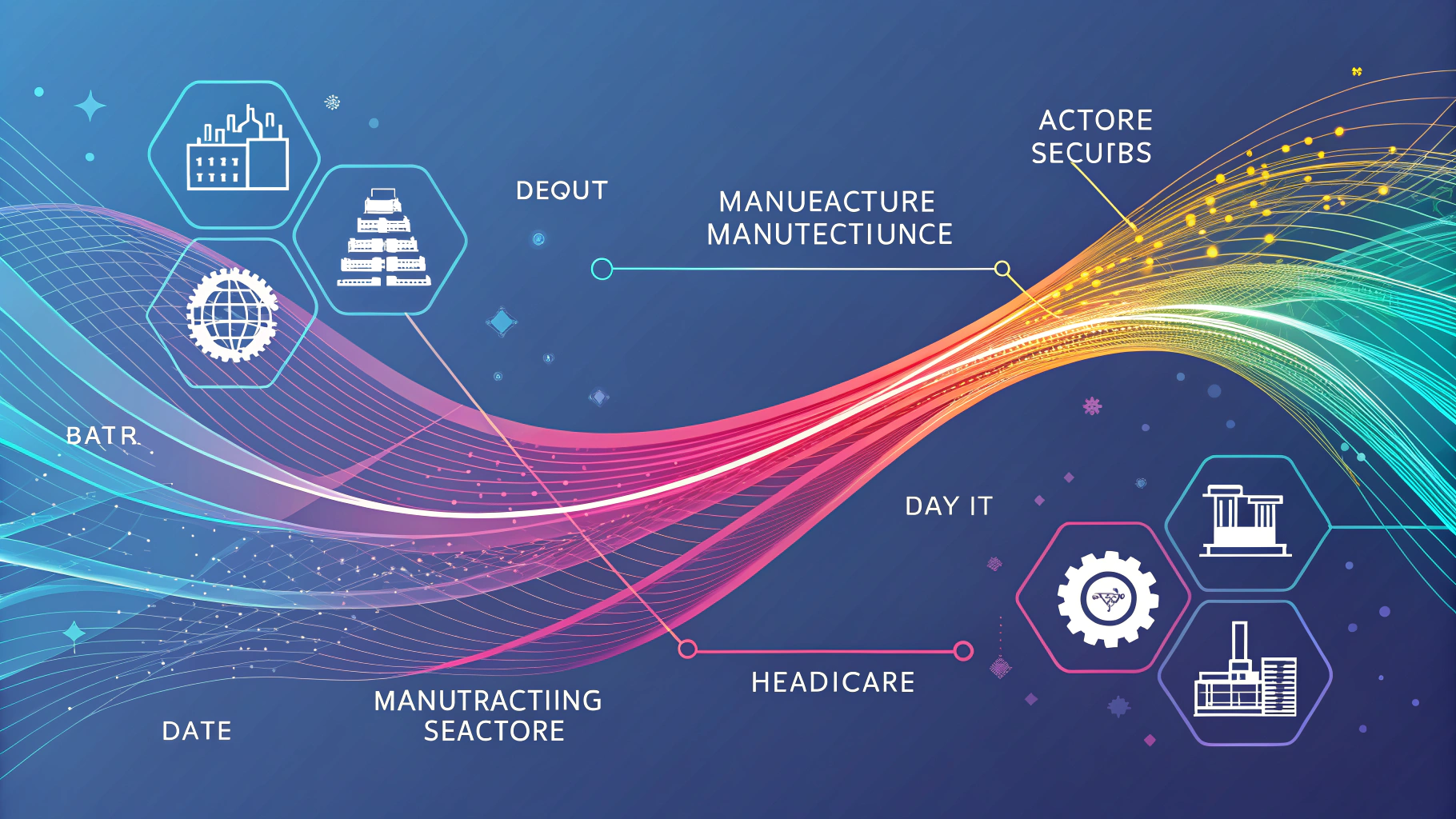Did you know that 90% of the world’s data was created in the last two years? This staggering statistic highlights the exponential growth of data production in our digital age. As organizations across every sector generate more data than ever before, the ability to effectively analyze and derive meaningful insights from this wealth of information becomes increasingly crucial, especially in an AI-driven landscape. Whether you’re in finance, healthcare, marketing, or technology, the insights hidden in your data can not only inform better decisions but also shape the innovations of tomorrow.
This article aims to equip you with practical strategies to enhance your data analysis processes, ensuring that you can maximize insights from the data you collect. We’ll explore the importance of data analysis, effective data visualization techniques, the value of preparing templates ahead of time, the integration of quantitative and qualitative data, and actionable takeaways to improve your analysis efforts.
Understanding the Importance of Data Analysis
Data analysis serves as the backbone of informed decision-making in modern businesses. For instance, companies like Netflix utilize data analysis to understand viewer preferences and recommend shows that users are likely to enjoy, leading to increased viewer engagement. Without effective data analysis, Netflix would be flying blind, unable to optimize its offerings and attract new subscribers.
Moreover, AI-driven solutions rely heavily on accurate data insights to perform effectively. AI systems, particularly machine learning models, depend on clear, structured data to learn patterns and make predictions. For example, companies developing autonomous vehicles, such as Tesla, analyze vast amounts of data from sensors to improve their safety and efficiency continuously. In these cases, the accuracy of the data is paramount, as misleading data can result in poor model performance or even disastrous outcomes.
Identifying trends and patterns within data can drive innovation and offer a competitive advantage. Brands like Amazon leverage big data to not only enhance customer experience through personalized recommendations but also streamline their supply chain operations. Through well-structured data analysis, Amazon can forecast demand at different times of the year, optimize inventory levels, and minimize costs. In essence, effective data analysis transforms raw data into valuable insights, enabling businesses to make educated decisions that can lead to growth and innovation.
Strategies for Effective Data Visualization
Data visualization is crucial in presenting information in a way that is easily digestible. By utilizing charts, graphs, and other visual tools, data analysts can convert complex datasets into understandable formats that highlight trends and patterns. For example, tools like Tableau allow users to create compelling visual representations of their data, making analytics accessible to stakeholders who may not have a background in data analysis.
Creating interactive dashboards can facilitate real-time data insights. A well-designed dashboard can allow users to sift through key metrics, track performance, and spot anomalies as they happen. Companies such as Microsoft Power BI provide powerful visualization capabilities that enable organizations to present their data in interactive formats, helping teams make informed decisions based on the latest information.
When choosing visualization tools, it’s essential to consider the type of data being analyzed and the audience. For instance, while pie charts can be effective for showing parts of a whole, bar graphs may better illustrate changes over time. Tailoring your visualizations to align with your audience’s familiarity and preferences can significantly enhance understanding and engagement.
Preparing Templates Ahead of Time
One effective strategy to streamline the data analysis process is to prepare templates ahead of time. Utilizing pre-made templates can save valuable time, providing a structured framework to organize your data and ensure consistent formatting. For instance, Excel is commonly used for creating templates that allow data analysts to input and manipulate data efficiently without needing to construct a new setup each time.
In addition to saving time, templates can also significantly reduce errors during data preparation. By having a standardized template, analysts can minimize the risk of inconsistencies or mistakes that may occur when creating new documents from scratch. This consistency is especially important when collaborating with teams, as using the same templates ensures that all stakeholders are looking at data in the same format.
Examples of effective templates for different types of data include survey response forms, sales tracking sheets, and data dashboards. Ensuring these templates are easy to modify will give analysts the flexibility needed to adjust to varying datasets while maintaining a base structure that helps maintain clarity.
Combining Quantitative and Qualitative Data
Quantitative data provides numerical insights that are easily measurable, while qualitative data offers rich, narrative context to explain those numbers. For example, a market research report might provide quantitative data on customer preferences (such as 70% of consumers favoring a specific feature), but it could lack context without qualitative feedback (such as reasons for preferring that feature).
The strengths of each data type can be leveraged through techniques that integrate both for comprehensive insights. For instance, a company like Airbnb might analyze quantitative data from booking patterns while complementing this with qualitative data from user reviews to gain a complete picture of customer satisfaction. By gathering insights from both angles, Airbnb can effectively adjust its offerings to meet user needs better.
Interpreting and presenting combined data findings can be challenging, but the rewards are significant. Employing stories that incorporate both data sets in your presentation can enhance engagement and understanding. By framing the numbers with qualitative insights, stakeholders can grasp the implications behind the data, enabling informed decision-making.
Actionable Takeaways for Data Analysts
To elevate your data analysis efforts, consider implementing the following strategies and tools:
- Leverage software tools: Engage with comprehensive software like Google Data Studio or Tableau for visual analytics and interactive dashboards. These tools can greatly enhance how you gather and present your data.
- Key questions for preparation: Some fundamental questions to consider when preparing data for analysis include:
- What is the main objective of the analysis?
- Who is the target audience for the findings?
- What data sources are most reliable and relevant to the inquiry?
- Study real-life examples: Analyze successful case studies such as how Spotify uses data analysis to curate personalized playlists based on user’s listening habits. Understanding their strategies can provide inspirational insights for your own analysis processes.
Conclusion
In summary, effective data analysis is essential for deriving insights that drive AI solutions. By employing strategies like data visualization, utilizing templates, and blending data types—you’re setting the stage for success. The methods outlined in this article will not only enhance your analytical approaches but will also lead to richer insights and more informed decision-making within your organization.
Ready to transform your data analysis approach? Share your experiences or ask questions in the comments below!

